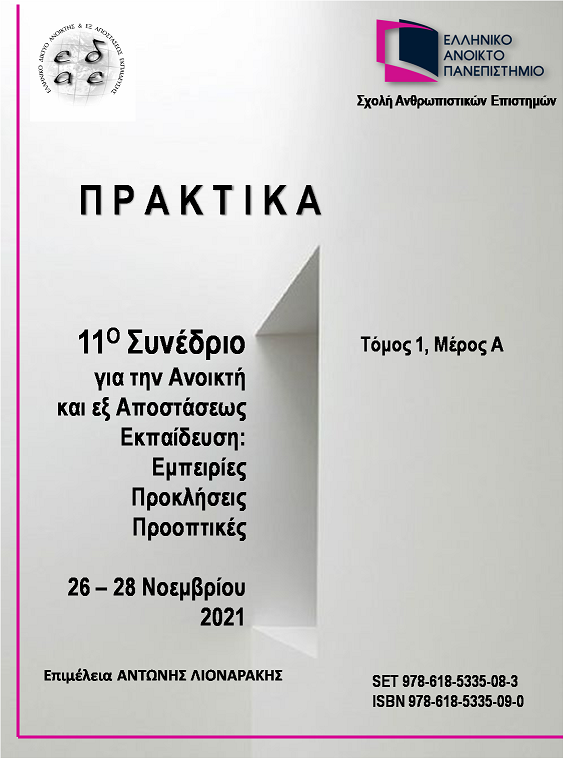Blended Learning Pedagogical Framework for Conventional Programs of Study in Higher Education
Περίληψη
Educational institutions faced and continue to face great challenges due to the COVID-19 pandemic. Decisions needed to be made, new processes were established and actions took place within frightening deadlines, in some cases overnight. The world keeps battling with the ongoing pandemic and the Universities are struggling to decide which mode of delivery to apply for next semester(s). We are at the stage that we need to re-design our courses, meaning that as university instructors we need to see beyond the traditional approach and ‘re-‐ conceptualize what can be done in multiple delivery modes. The current paper describes and explains the pedagogical framework that serves as the backbone to guide the re-design of the courses of private university in the Mediterranean Region (Frederick University – FU), intended to be delivered through the BL approach. The proposed framework is based on research evidence and contemporary theoretical and practical approaches to BL in higher education and capitalizes on the expertise gained by Frederick University from its distance learning programs of study.
Λεπτομέρειες άρθρου
- Τεύχος
- Τόμ. 11 Αρ. 1Α (2022)
- Ενότητα
- Άρθρα



